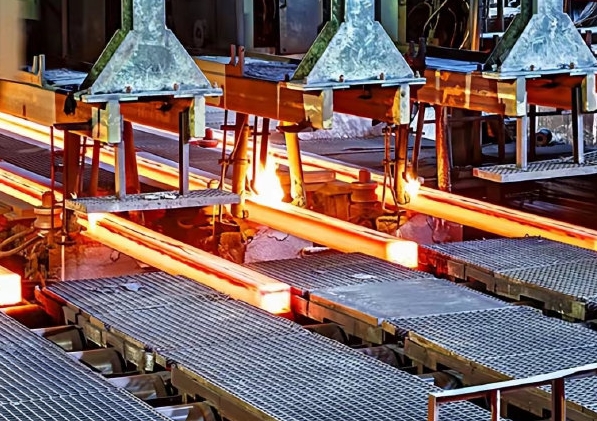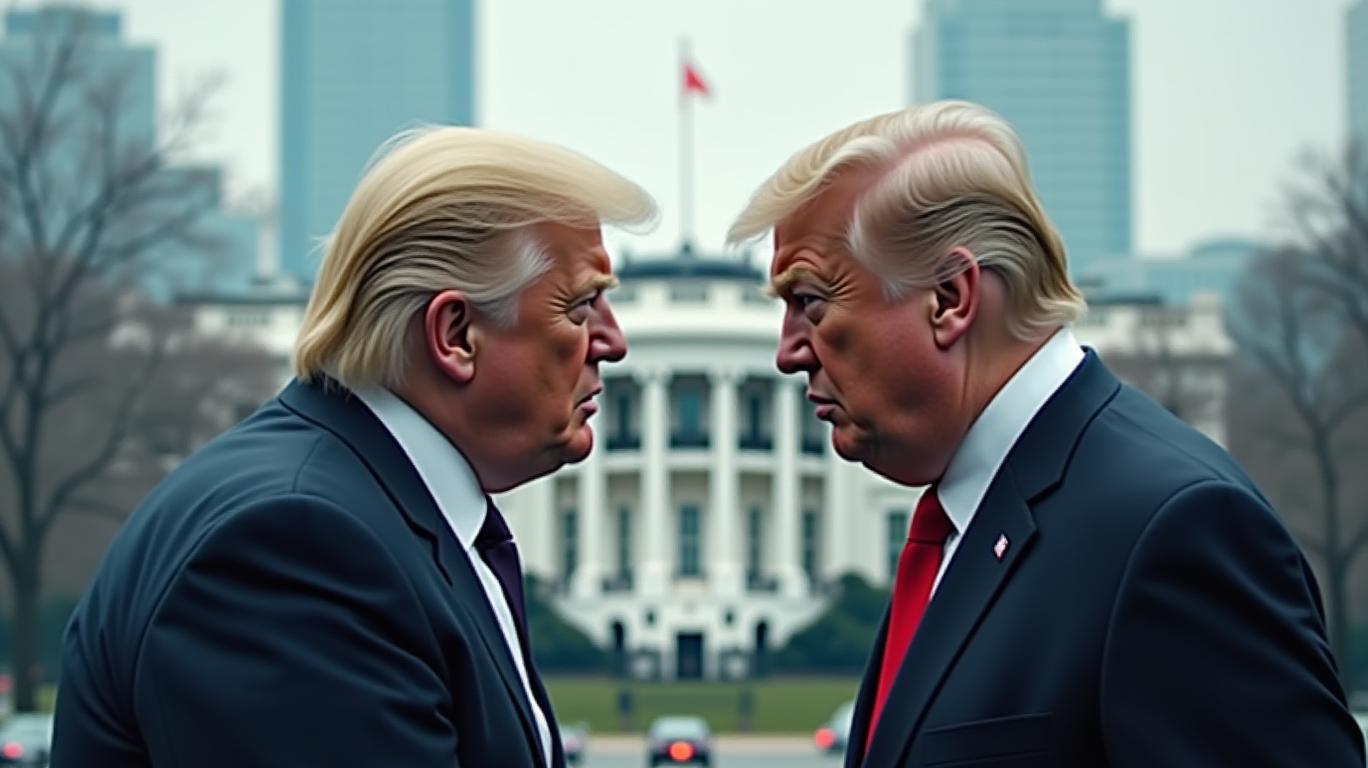The Tariff Transparency Tug-of-War: Amazon's Crosshairs and Investor Implications
The political and commercial stakes of tariff transparency reached a fever pitch in Q2 2025 as amazon found itself in a high-profile clash with the Trump administration over its reported plans to display tariff charges on imported goods. White House Press Secretary Karoline Leavitt branded the move a “hostile and political act,” framing it as an attack on the administration’s trade policies. Yet Amazon’s swift denial—clarifying the idea was only under consideration for its low-cost subsidiary, Amazon Haul—left investors grappling with the broader implications of this battle.

The Political Play: Leavitt’s Hostile Act or Corporate Prudence?
Leavitt’s accusations hinged on Amazon’s alleged timing: Why display tariff costs now, under a president whose tariffs have sparked record inflation? Amazon’s spokesperson Tim Doyle countered that the initiative was never approved for its main platform and had been abandoned. The White House’s aggressive response, however, revealed vulnerabilities in its narrative. Leavitt’s reliance on a 2021 Reuters report alleging Amazon’s censorship of Chinese political content on its Chinese site—irrelevant to the tariff debate—highlighted a desperation to link corporate actions to broader geopolitical themes.
The administration’s stance also ignored mounting evidence of tariff-driven inflation. While Leavitt dismissed concerns by citing a 10% tariff on “niche products like mangos,” retailers like Temu and Shein reported average price hikes of 30% on nearly 1,000 top Amazon products. Amazon itself acknowledged a 6% average increase across 1% of its catalog, though critics argue the discrepancy reflects skewed data.
Ask Aime: "Will Trump Admin's Tariff Tactics Impact My Amazon Investments?"
Market Realities: Tariffs, Transparency, and Consumer Trust
The clash underscores a pivotal shift in consumer awareness. A CNN poll revealed 60% of Americans believe Trump’s tariffs have raised living costs, with 55% calling them “bad policy.” Even working-class voters—traditionally supportive of protectionist measures—expressed skepticism, with 57% linking tariffs to higher prices. This sentiment is eroding the White House’s ability to frame tariffs as a win for American manufacturers.
Amazon’s competitors are capitalizing on the transparency gap. Brands like Dame (a sexual wellness retailer) have introduced overt “Trump tariff surcharges,” directly attributing cost increases to administration policies. Meanwhile, Amazon’s Prime Day event faces uncertainty as third-party sellers—60% of Amazon’s sales—struggle with rising import costs. Sellers now face a stark choice: absorb losses or raise prices, a dilemma Amazon admits it cannot fully resolve.
Investment Considerations: Risks and Opportunities in the Tariff Minefield
For investors, the Amazon-White House feud is a microcosm of broader risks:
1. Political Volatility: Leavitt’s aggressive rhetoric signals the administration’s reliance on propaganda to counter public skepticism. This could backfire, as voters increasingly demand transparency.
2. Price Pressure: With third-party sellers raising prices by up to 30%, Amazon’s margins may shrink unless it can renegotiate terms or pass costs to consumers—a delicate balance.
3. Competitor Gains: Retailers like Temu and Shein, which already label tariff surcharges, may attract price-sensitive buyers, eroding Amazon’s market share.
Conclusion: A Crossroads for Amazon and U.S. Trade Policy
The tariff transparency debate is not merely a corporate-political squabble—it’s a referendum on the viability of protectionist trade policies. Amazon’s denial of the tariff-display plan and the administration’s overreach highlight the fragility of Trump’s economic narrative. With 60% of Americans already linking tariffs to higher costs, and competitors capitalizing on transparency, investors should brace for volatility.
Crucial data points reinforce this outlook:
- Consumer Sentiment: 55% of voters call tariffs “bad policy,” a stark contrast to the White House’s claims of economic strength.
- Price Dynamics: Even Amazon’s conservative 6% average hike on 1% of its catalog translates to millions in lost consumer savings, while third-party sellers face unsustainable pressures.
- Regulatory Shifts: The EU’s potential adoption of Amazon’s transparency model could force global alignment, raising operational costs for all e-commerce players.
Investors in AMZN must weigh the company’s scale and resilience against the headwinds of tariffs, political hostility, and competitive disruption. For now, the road ahead is fraught—but so are the opportunities for those prepared to navigate it.
Harriet Clarfelt is a pseudonym for an analyst specializing in macroeconomic and corporate governance dynamics. This article is for informational purposes only and not financial advice.










